Download Lesson Pack
Emotion Detectives: Roleplay to Explore Technology and Emotion
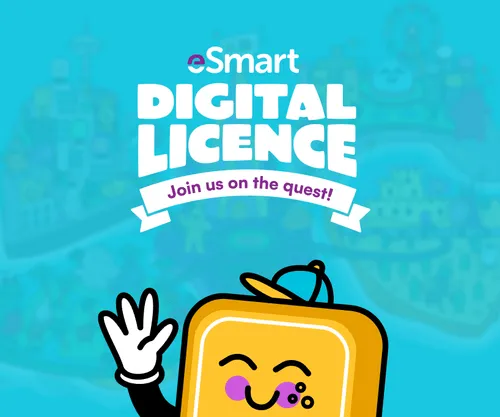
Child Safeguarding Statement
Some resources and activities may prompt a child to remember and potentially share an experience of harm. Make sure you’re familiar with your school's safeguarding policies and procedures so you can confidently report safety and well-being concerns.
Prepare students for the session by discussing: their right to be safe and respected; what to do if discussing online safety makes them feel uncomfortable or unsafe; and how to seek help if they feel or have felt unsafe. Use this resource available on the website.
Emotion Detectives: Roleplay to Explore Technology and Emotion
This activity helps students explore the emotional impacts of technology. It fosters balanced screen time and mindful online interactions.
Lesson details
Compulsion
About this Risk Area
Addresses excessive use of digital devices or online activities which can impact children's mental health, academic performance, and social relationships.
Example topics:
- Understanding the importance of balanced screen time.
- Developing healthy habits for managing digital device use and prioritising offline activities.
- Setting boundaries and practicing self-regulation when it comes to online gaming, social media, and other digital activities.
The resources for this risk area promote healthy relationships with technology and encourage positive social and emotional wellbeing.
In this roleplay lesson, learners will create and act out scenes to explore how certain patterns of technology usage can affect their feelings and emotions.
By understanding how technology impacts their well-being and feelings, learners will begin to recognise the physical and emotional signs of device overuse, and learn the skills necessary to develop more mindful online habits.
Setup
- Project the lesson slides onto a central screen.
- Provide a digital version of the presentation for learners using assistive technology.
- A space that is big enough for small groups/pairs to collaborate.
- (Optional) A quiet space for students who may feel overwhelmed by loud noises or crowds, which may occur during group play.
- (Optional) Soft toys, drawing materials/playdough, for learners who require alternative means of expression.
Learning Intentions
Learners will:
- Understand that using technology can affect feelings and emotions.
- Identify a simple plan for shifting feelings and emotions while using devices.
These intentions are evidenced when learners can:
- Identify at least one of the emotions that we can feel when using devices.
- Suggest one way that emotions or feelings can be shifted through an action or change in behaviour.
Educators will:
- Facilitate student understanding of the relationship between technology use, emotions, and feelings.
- Help students recognise the importance of managing screen time and encourage thoughtful technology use.
These intentions are evidenced when educators can:
- Support the use of appropriate emotional vocabulary when learners discuss feelings in relation to technology use.
- Guide learners to identify and share one or more strategies for managing screen time thoughtfully in response to changing feelings and emotions.
Curriculum alignment
Australian Curriculum (Version 9.0)
The Australian Curriculum outlines the fundamental knowledge, comprehension, and abilities students are expected to acquire as they advance through the initial 11 years of schooling.
Foundation: General Capabilities
Personal and Social Capabilities
Emotional awareness:
- Level 1a: Identify a range of emotions across different situations.
- Level 1: Identify their own emotional responses.
Emotional regulation:
- Level 1a: Recognise how emotions influence the way we feel and act.
- Level 1: Express emotions in familiar settings, demonstrating consideration for others.
- AC9ADRFD01: Use play, imagination, arts knowledge, processes and/or skills to discover possibilities and develop ideas.
- AC9ADRFC01: Create art works that communicate ideas.
- AC9ADRFP01: Share their art works with audiences.
Foundation: Health and Physical Education
- AC9HPFP0: Investigate who they are and the people in their world.
- AC9HPFP03: Express and describe emotions they experience.
Foundation: Digital Technologies
- AC9TDIFK01: Recognise and explore digital systems (hardware and software) for a purpose.
Year One: General Capabilities
Personal and Social Capabilities
Emotional awareness:
- Level 2: Describe the emotional responses of themselves and others.
Emotional regulation:
- Level 2: Describe ways to moderate emotions in familiar contexts.
- AC9ADR2D01: Use the elements of drama and imagination in dramatic play and/or process drama.
- AC9ADR2C01: Create and co-create fictional situations based on imagination and/or experience.
- AC9ADR2P01: Share their drama in informal settings.
Year One: Health and Physical Education
- AC9HP2P02: Identify and explore skills and strategies to develop respectful relationships.
- AC9HP2P03: Identify how different situations influence emotional responses.
Year One: Digital Technologies
- AC9TDI2K01: Identify and explore digital systems and their components for a purpose.
- AC9TDI2P03: Discuss how existing digital systems satisfy identified needs for known users.
CASEL Framework
The CASEL Framework creates a foundation for applying evidence-based, Social and Emotional Learning (SEL) strategies both at school and in the broader community. Its aim is to support the cultivation of SEL skills and environments that advance students’ learning and development.
- Self-awareness: The abilities to understand one’s own emotions, thoughts, and values and how they influence behaviour across contexts.
- Social-awareness: The abilities to understand the perspectives of and empathise with others, including those from diverse backgrounds, cultures, and contexts.
My Time, Our Place – Framework for School Age Care in Australia
The aim of My Time, Our Place: Framework for School Age Care in Australia (the Framework) is to assist educators to provide children and young people with opportunities to maximise their potential and develop a foundation for successful lifelong learning. The Framework has been designed for use by approved providers and school age care educators working in partnership with children and young people, their families and the community, including schools.
Outcome 1: Children have a strong sense of identity.
Children learn to interact in relation to others with care, empathy, and respect.
This is evident when children:
- Identify the role of people in their lives and how they use technology and support children to use technology in appropriate ways.
Outcome 2: Children are connected with and contribute to their world.
Children develop a sense of belonging to groups and communities and an understanding of the reciprocal rights and responsibilities necessary for active community participation.
This is evident when children:
- Understand that different people will use digital things at different times and for different reasons.
- Communicate and demonstrate an understanding that they are a part of a world that shares and communicates using digital things.
- Demonstrate an ability to share and respect others’ use of digital things.
Outcome 3: Children and young people have a strong sense of wellbeing.
Children become strong in their social, emotional and mental wellbeing, particularly when they are aware of and develop strategies to support their own mental and physical health, and personal safety.
This is evident when children:
- Identify emotions and feelings in relation to digital device usage, and attempt to explain why such feelings might arise.



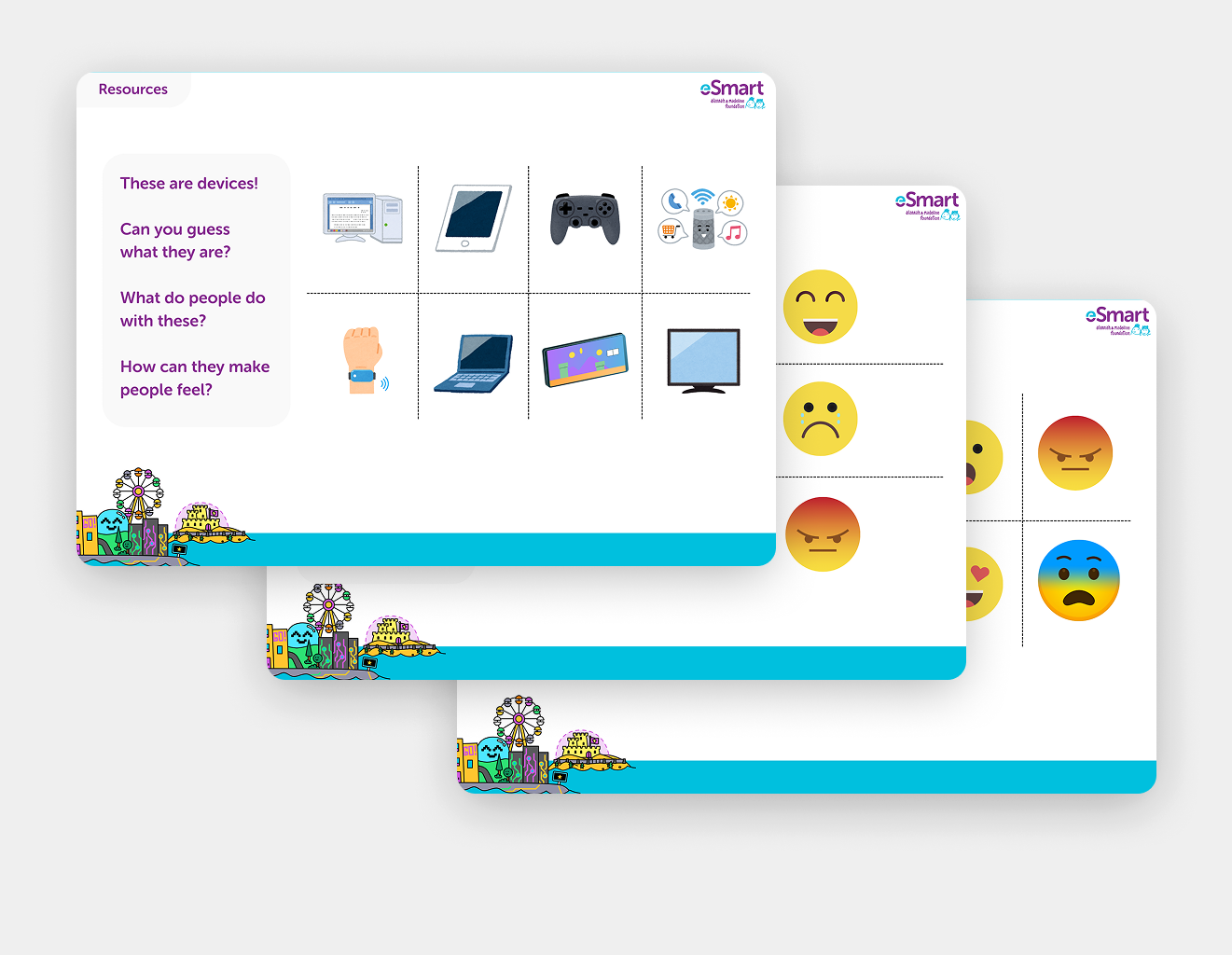
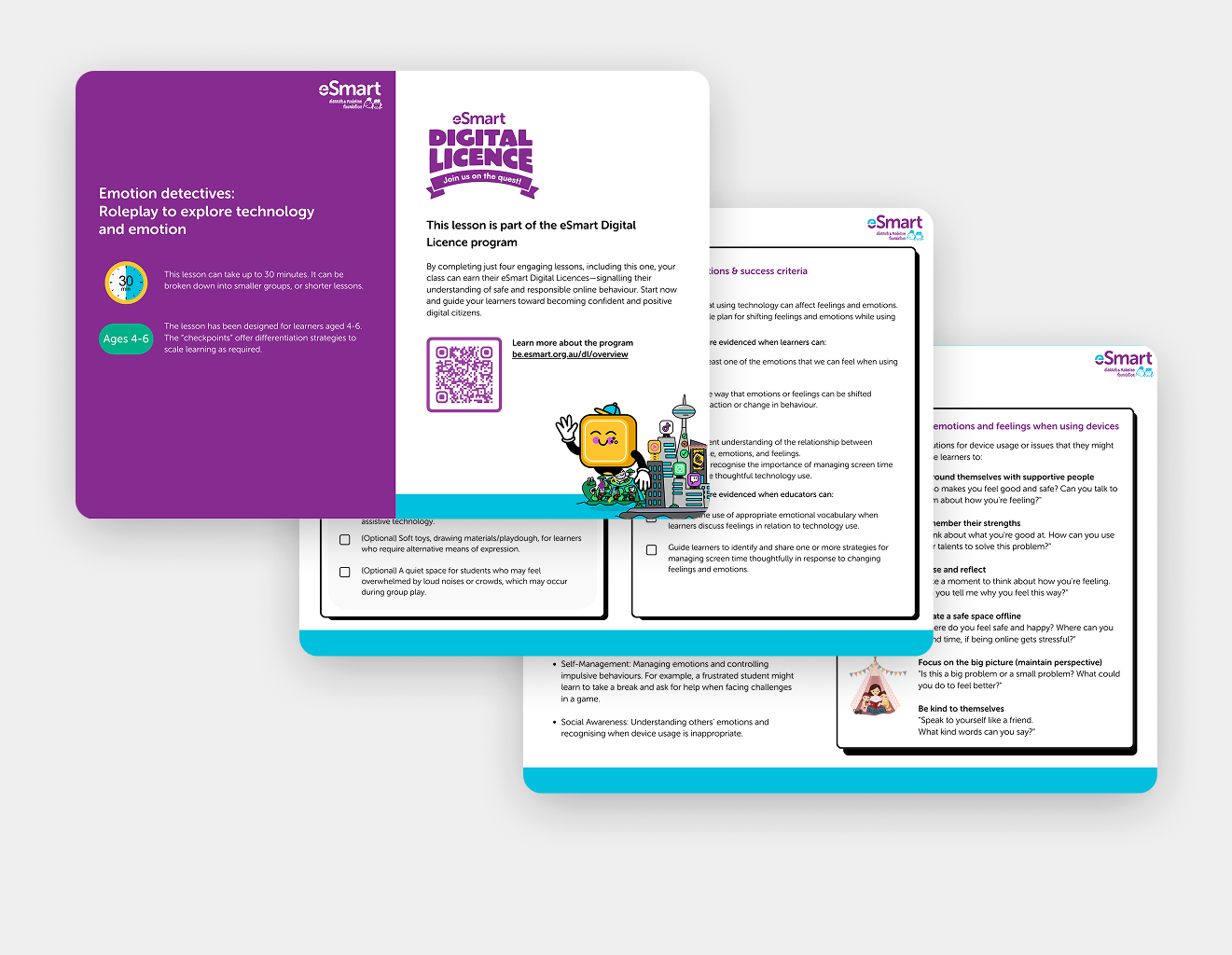
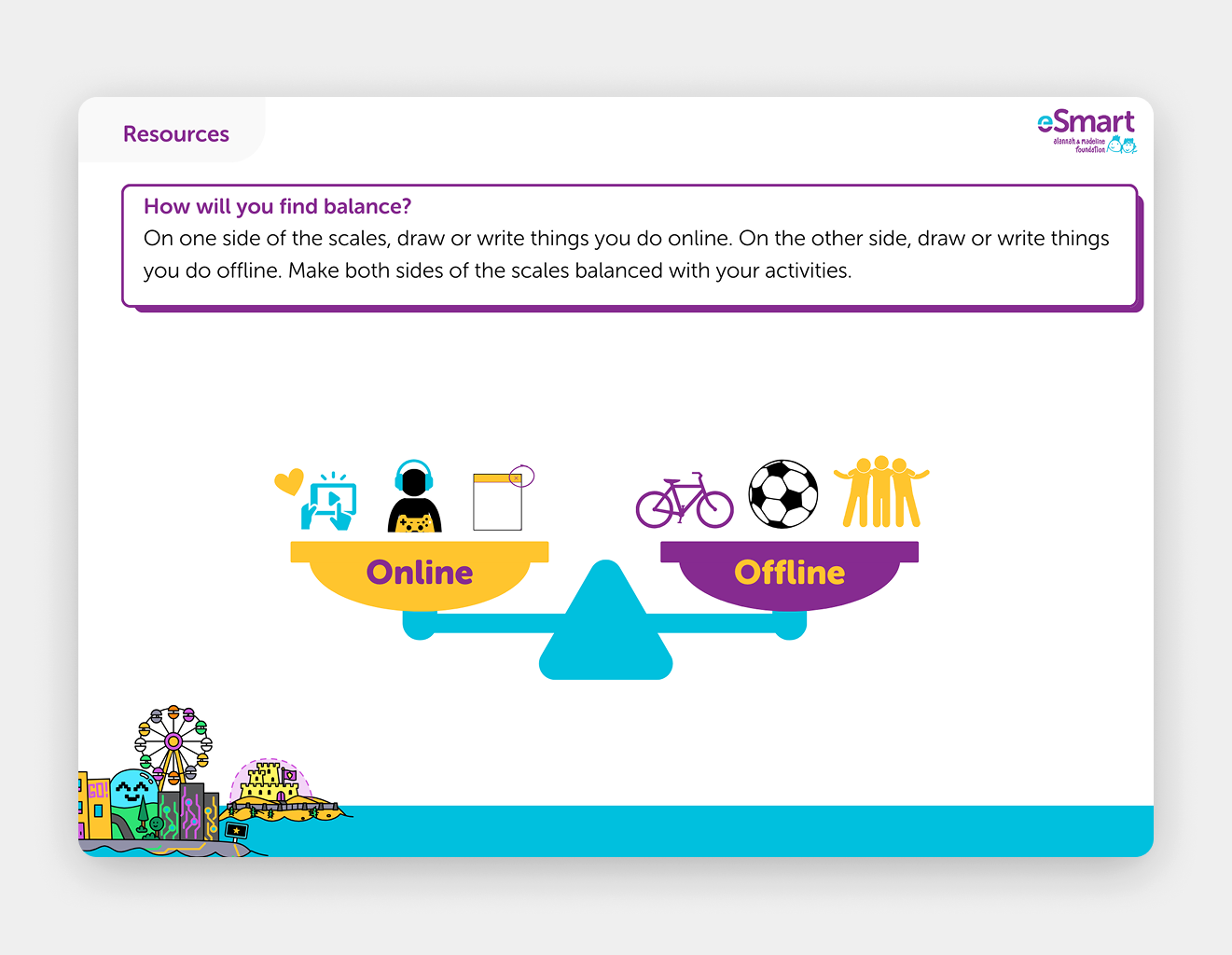
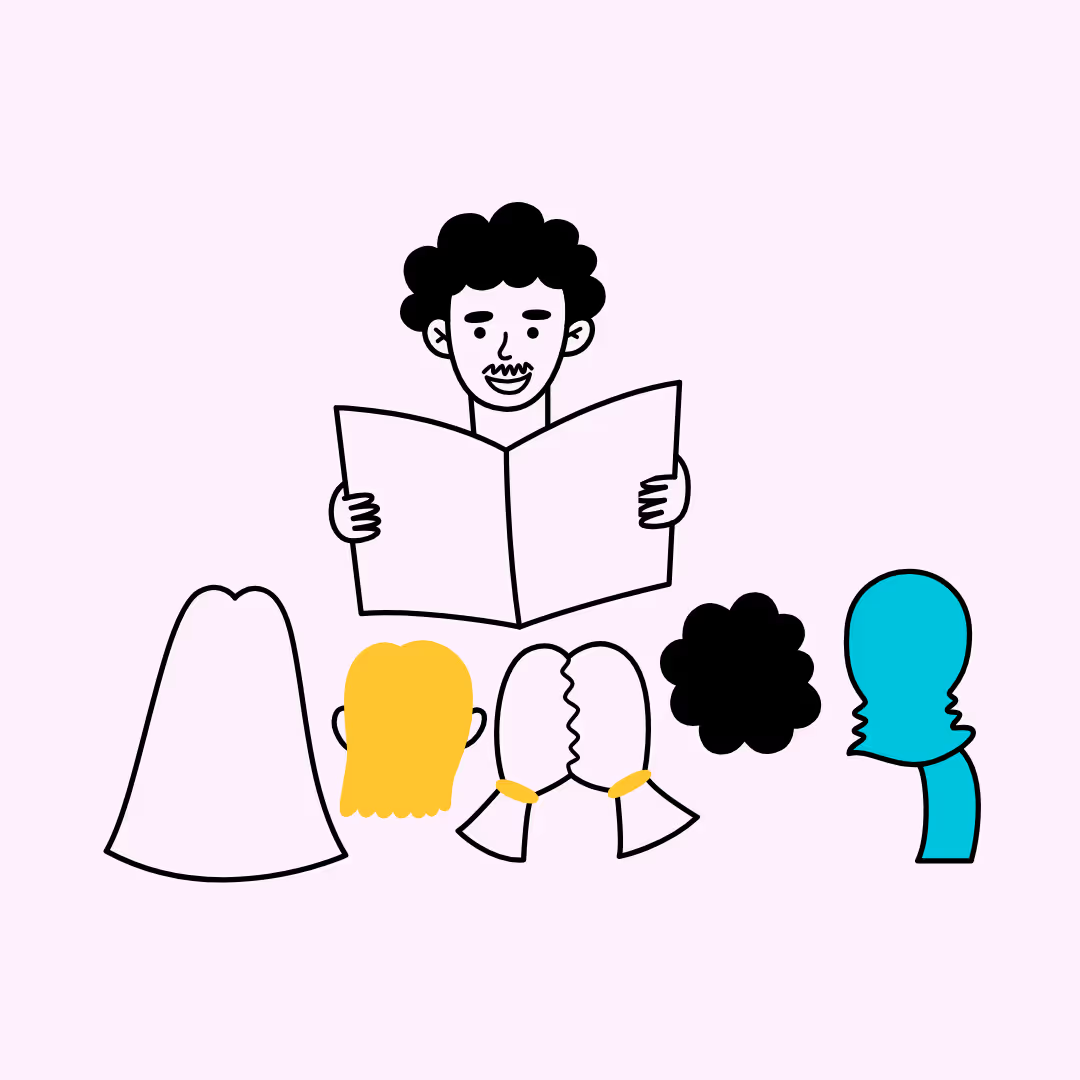
.avif)
